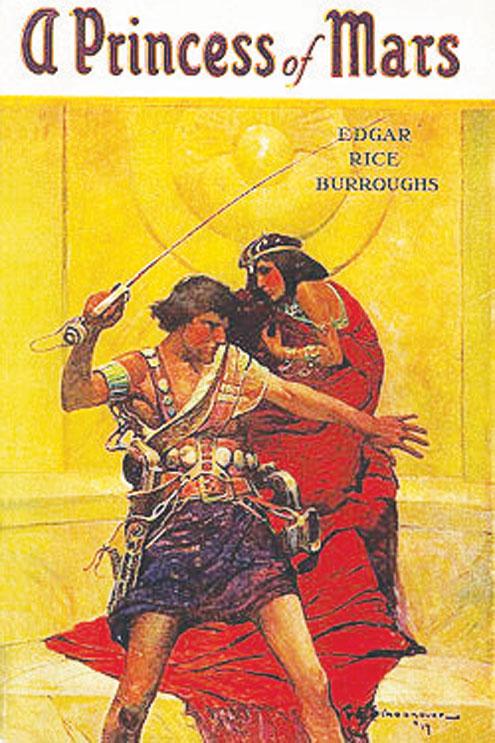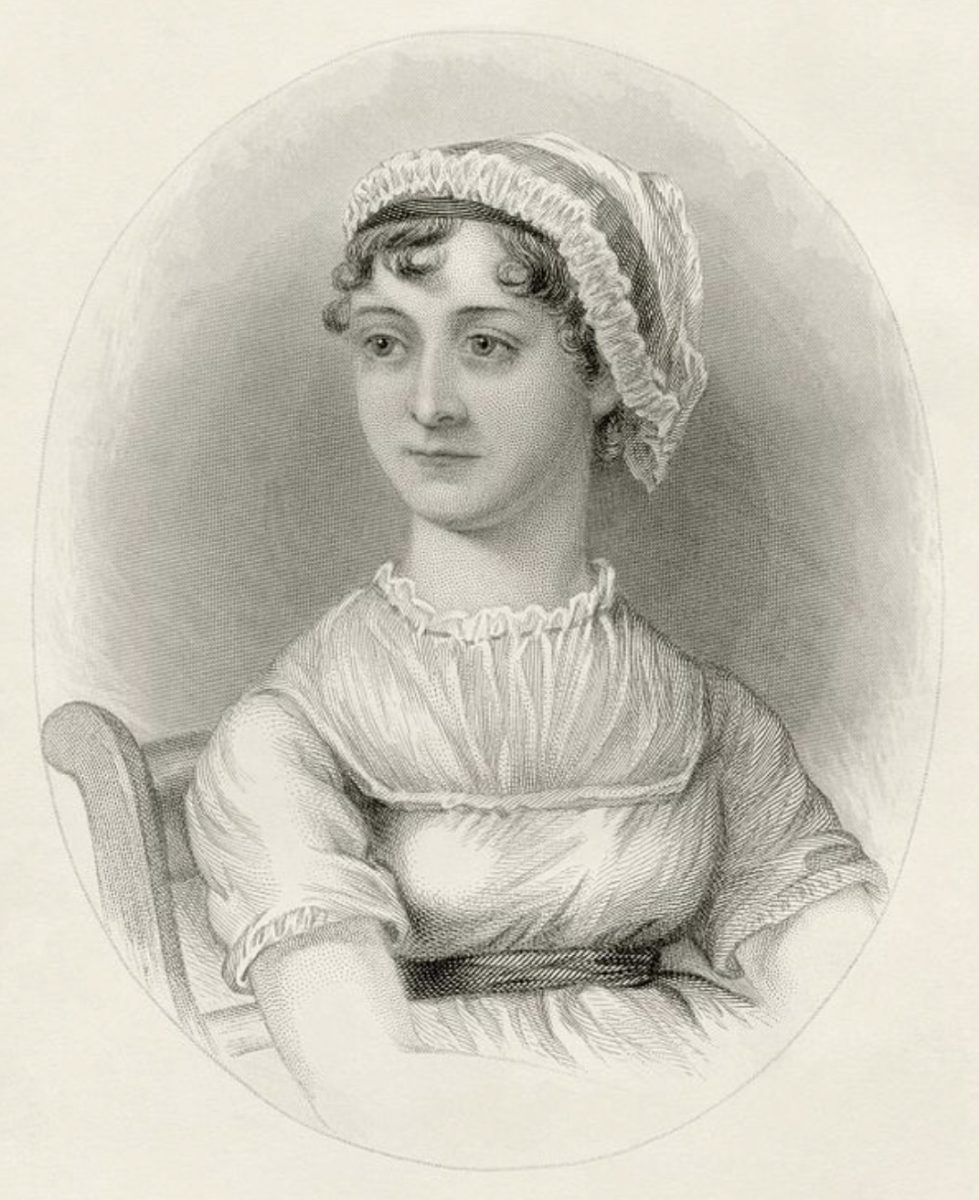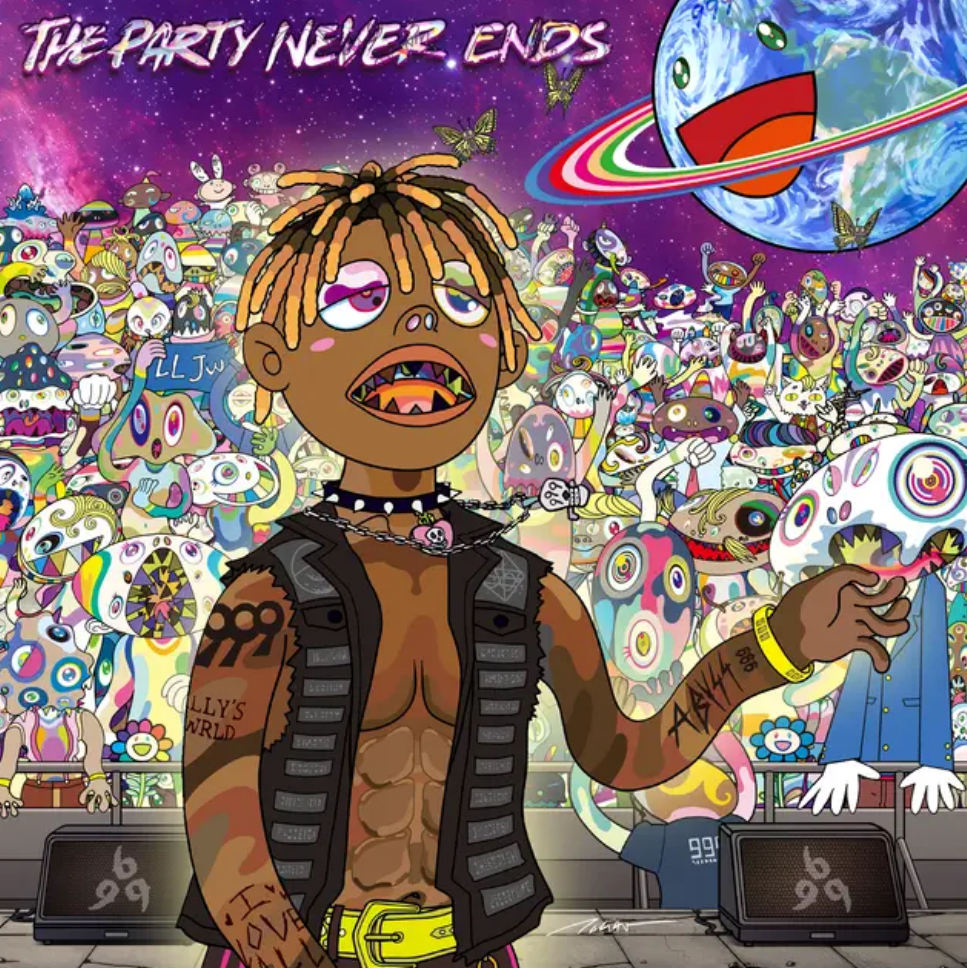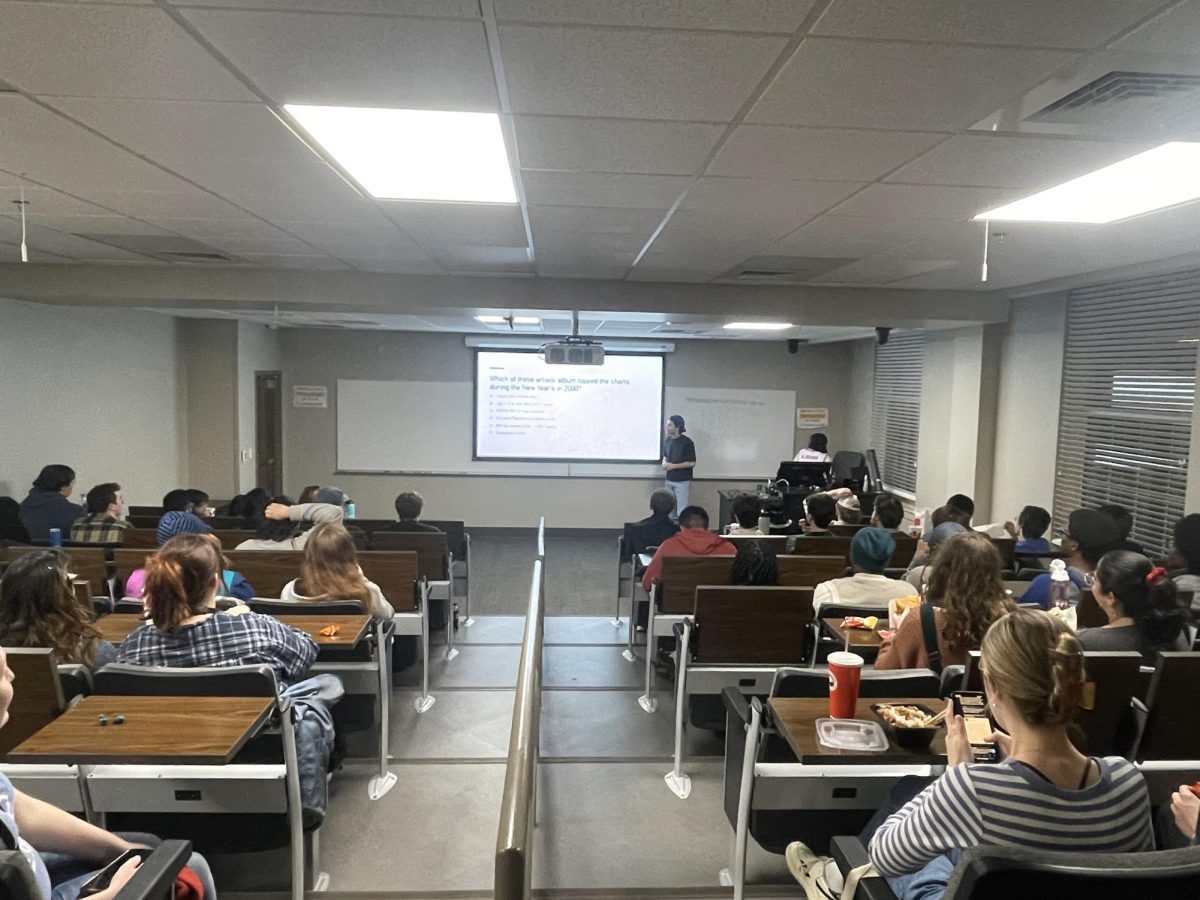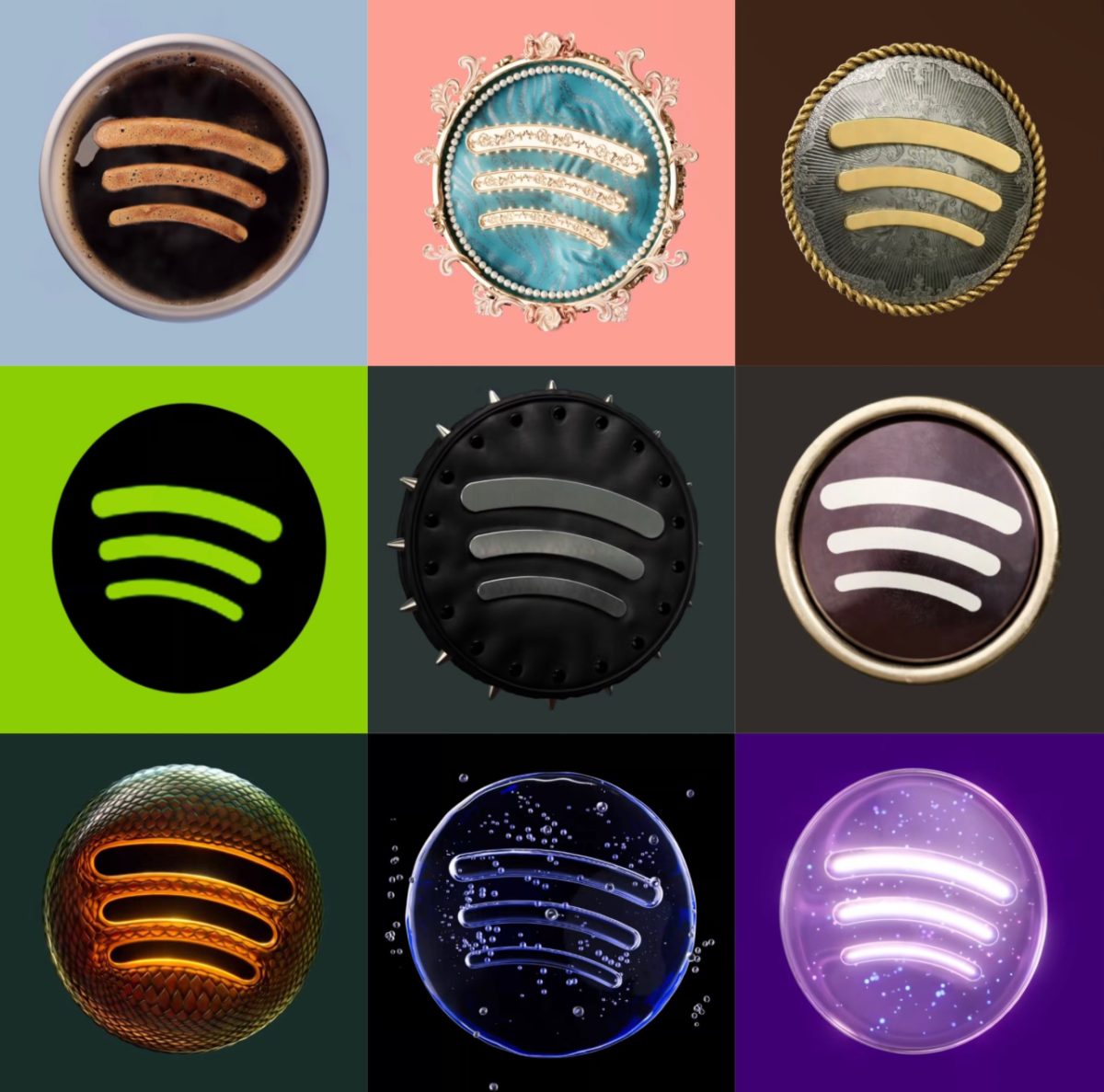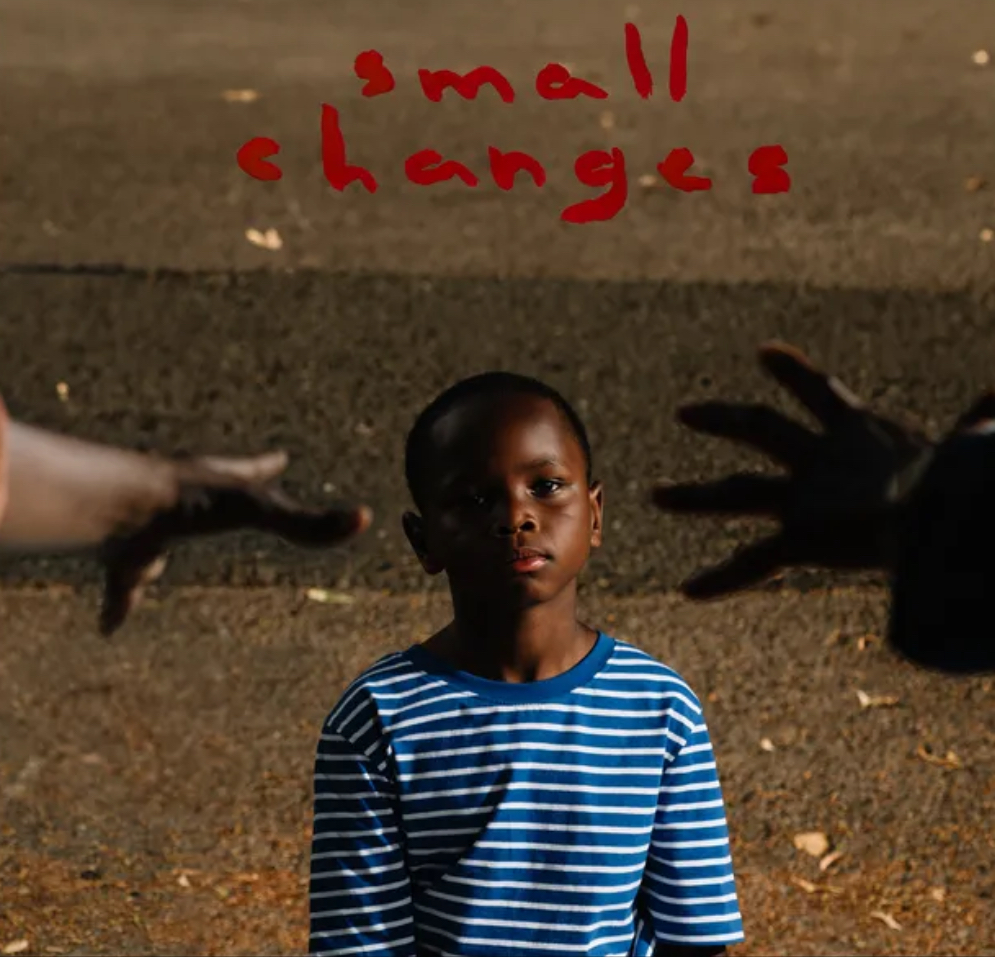 Literally just minutes ago (as of this writing) I finished Edgar Rice Burroughs’s 1912 novel “A Princess of Mars,” and I’m fairly convinced that it’s the best worst early-20th-century science fiction novel ever published. That should be no secret, considering that this book, the first in an 11-part series, was the inspiration for Disney’s recent movie (soon to be a flop), “John Carter.”
Literally just minutes ago (as of this writing) I finished Edgar Rice Burroughs’s 1912 novel “A Princess of Mars,” and I’m fairly convinced that it’s the best worst early-20th-century science fiction novel ever published. That should be no secret, considering that this book, the first in an 11-part series, was the inspiration for Disney’s recent movie (soon to be a flop), “John Carter.”
Burroughs, an astonishingly prolific writer of the 20th century, gave us, among other iconic characters, Tarzan the jungle man, but you’re not likely to find him on the syllabus of an American literature course. If you’ve seen “John Carter,” that won’t be a big surprise: Burroughs’s writings, many initially published as magazine serials, are as pulpy as they come.
They’re science-fiction penny dreadfuls, dime novels with sensational and poorly-illustrated covers, cheap paperbacks you’d find on the counter at a seedy gas station and all-around the stuff sophisticated college-educated young people such as us would be embarrassed to be caught reading in the 1910s. And to be perfectly honest, I should be embarrassed now. But, I’m three books in, and there’s no going back.
The story begins with Virginian ex-Confederate John Carter mining for gold in Arizona, running away from angry Apaches and hiding in a creepy cave filled with human skeletons. Admittedly, that doesn’t sound very promising. But let’s fast-forward a chapter to his mysterious re-location to the planet Barsoom — what we, in our ignorance, call Mars.
Like the movie, “A Princess of Mars” has vicious aliens, epic battles and a giant monster dog named Woola. But the novel is certainly a product of its time. Occasionally this leads to questionable racial connotations (red men on the red planet) and cringe-worthy gendered characterizations (“I would rather stay and die with you, my chieftain!” or something). But at other times we find hilarious misunderstandings for the modern reader. For example, the chapter entitled “Lovemaking on Mars” includes nothing more scandalous than John accidentally grazing the bare shoulder of the Helium Princess. Steamy stuff.
Considering the time period and his icky military history, John Carter is a surprisingly sympathetic protagonist. He is, essentially, the classic hero of a Western, and Barsoom does look suspiciously like Arizona. The many times crypto-Victorian princess Dejah Thoris cringes behind him during a battle scene get annoying, I’ll admit, but by the second installment we have a much more active heroine: Thuvia, who protects her own honor quite adeptly by just shooting evildoers with Carter’s revolver.
The science is outdated, the romance is somewhat silly (Helium Princess, really?) and the writing is mannered, but we still read Jane Austen don’t we? We made “Twilight” a major franchise and eagerly await the return of “Game of Thrones” on HBO. I’ll go so far as to add that “Avatar,” with its Noble Savages and white hero, is quite like the John Carter books, and let’s not forget that “Avatar” came 97 years late to great critical acclaim.
“A Princess of Mars” and the rest of the John Carter books aren’t great literature, but even in 1912, they weren’t intended to be. Burroughs’s writing is fast-paced, entertaining, and readable today (not to mention the first three books are 99 cents digitally). If nothing else, they’re fun to make fun of. But I warn you, it’s not hard to get emotionally invested: When I turned the last virtual page on my Kindle, I was still holding my breath for the cliffhanger.
Of course, if you still feel you might be embarrassed reading “A Princess of Mars” and its sequels, just tell your critics that you’re reading the series ironically.



